Description
The Electro-Harmonix Electro Harmonix Queen / Distortion Pedal Lizard is in a new condition and made by Electro-Harmonix / JHS , it is a just a great Lizard Pedal Distortion / Queen Harmonix Electro Harmonix Electro Lizard Guitar Effect Pedal – Originally designed by Josh Scott of JHS Pedals and graphic designer, Daniel Danger as a homage to Electro-Harmonix in what Josh and Daniel conside… . Available from Just Pedals marketplace for only £99.00 (+delivery). Read More for ordering, more details and pics.
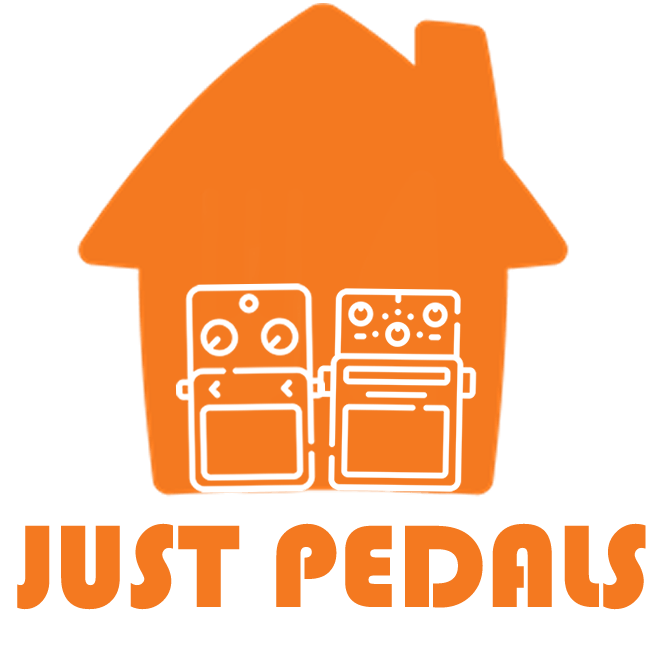
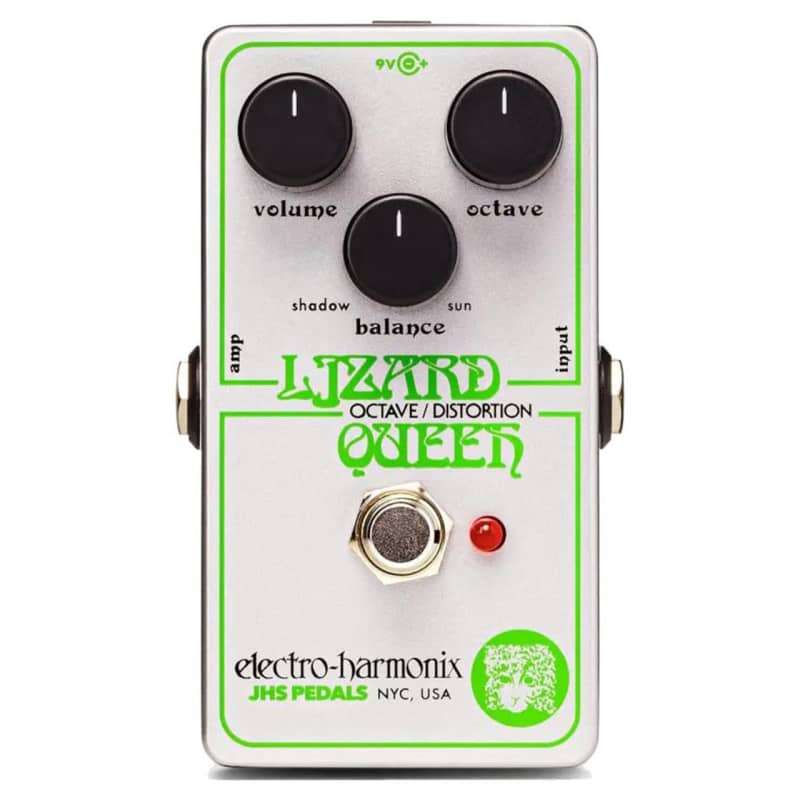
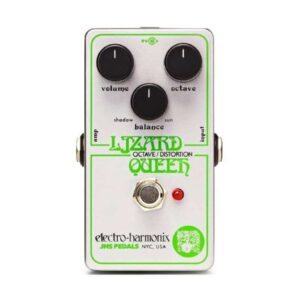
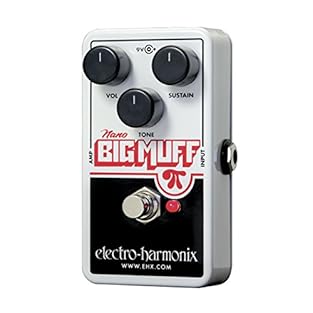



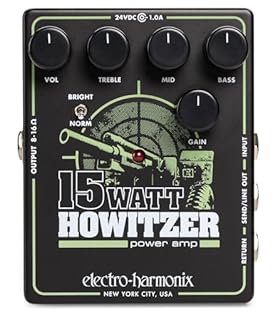
Reviews
There are no reviews yet.